What's The Challenge?
- Legacy Application Dependency: Many companies rely...
- Risk of Disruptions: Any disruptions during the migration...
- User Experience Concerns: Maintaining a satisfactory...
Legacy Application Migration Services involve the process of upgrading outdated software systems to modern, efficient platforms. This comprehensive service encompasses assessment, planning, execution, and post-migration support, ensuring a smooth transition while minimizing disruptions. By leveraging cutting-edge technologies and methodologies, these services address challenges such as compatibility issues, security vulnerabilities, and performance limitations associated with legacy applications. The ultimate goal is to enhance system functionality, scalability, and security, driving business growth and agility in today's rapidly evolving digital landscape.
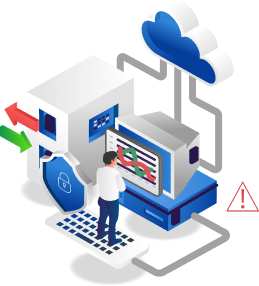
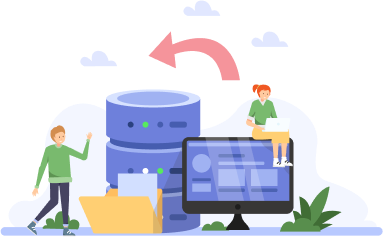
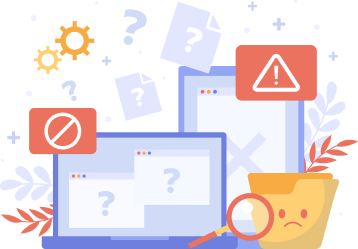
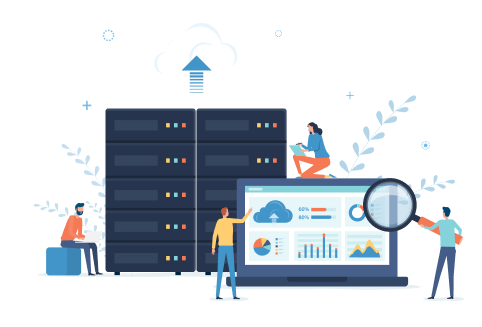
Business owners often opt to maintain outdated software systems, assuming that legacy system migration, part of application modernization services, would be too costly. However, clinging to legacy applications leads to ongoing problems. It requires regular spending on maintenance, specialized personnel training, resolving compatibility issues, and frequent patches to repair failed components. Avoid these challenges with legacy to cloud migration solutions.
Creating a blueprint of the migration plan
Assessment of Infrastructure & Applications
Determine assets to be contained, renewed, or migrated
Outline the expected scope of delivery & execution
Involving & Enabling stakeholders for evolving changes
Seamless migration with zero disruption to on-going businesses
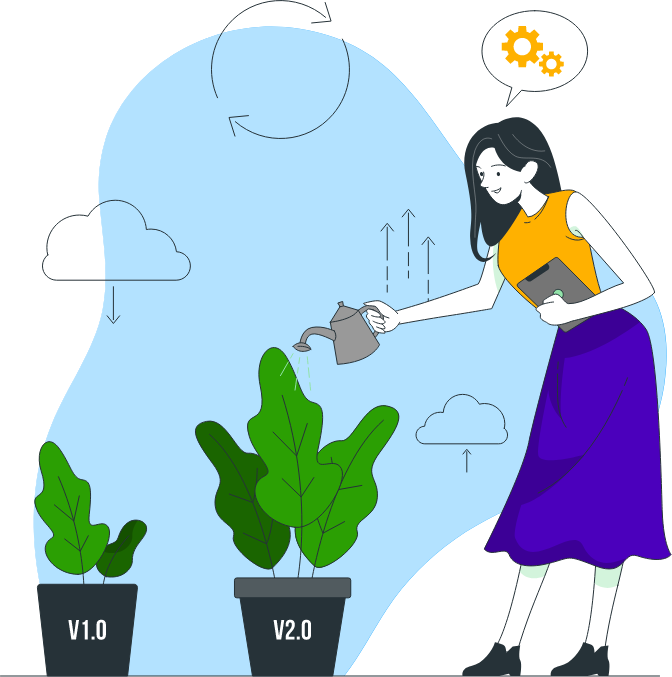
One of the most efficient ways of migrating legacy applications is moving them to the cloud. Let's explore the advantages of cloud migration over maintaining legacy applications.
By leveraging cloud services, businesses only pay for the resources they actually use, allowing for cost optimization. Additionally, cloud providers handle maintenance and software updates, offering a variety of services without extra costs.
Cloud-based applications ensure high availability and support for modern user devices, enabling seamless access 24/7 from any location. They also facilitate collaborative work by allowing multiple users to access and work with data simultaneously.
Cloud migration enables companies to easily upscale or downscale their applications to meet changing demands. Additional cloud services can be introduced to enhance application performance monitoring.
Cloud systems undergo regular updates to comply with stringent security standards, offering built-in security mechanisms such as permission-based rules, policies, security analytics, and enterprise visibility tools to safeguard data.
One of the most efficient ways of migrating legacy applications is moving them to the cloud. Let's explore the advantages of cloud migration over maintaining legacy applications.
Our rehosting service offers a seamless pathway to cloud adoption. We transfer applications to the cloud without altering their codebase, essentially relocating them as-is. While rehosting doesn't unlock advanced cloud features like autoscaling, it provides the reliability and global accessibility inherent in cloud hosting. Many businesses choose rehosting as their initial migration step, finding it simplifies subsequent modernization efforts.
With our re-platforming service, we optimize applications for cloud compatibility and improved performance. We make strategic adjustments to the software architecture, enabling the adoption of cloud-based services like containers, DevOps automation, and modern database management. Additionally, businesses can implement autoscaling to efficiently manage cloud resources.
Recognizing the need for comprehensive modernization, especially with enterprise applications built on older frameworks, we offer full-stack modernization services. For backend operations, we transition from .NET Framework to .NET Core, enhancing performance, flexibility, and efficiency. Similarly, we guide the migration from AngularJS to Angular for frontend development, ensuring improved performance, scalability, and enhanced tooling to meet evolving application needs.
Implementing Infrastructure as Code (IaC) enables the automated provisioning and management of infrastructure through code, ensuring consistency and efficiency across environments. With IaC, we define infrastructure requirements using code, enabling reproducible and scalable deployments. This approach simplifies operations, reduces errors, and accelerates the deployment process, ultimately enhancing agility and scalability for your applications.

Define objectives & prioritize
(2 Weeks)
Technical & functional evaluation
(8 Weeks)
Migration, setup, & trainings
(2 Weeks)
Lift & shift, with complete testing
(4 Weeks)
L2/L3 support with system tuning
(Ongoing)
Define objectives & prioritize
(2 Weeks)
Technical & functional evaluation
(8 Weeks)
Migration, setup, & trainings
(2 Weeks)
Lift & shift, with complete testing
(4 Weeks)
L2/L3 support with system tuning
(Ongoing)
Connect with our experts today for the latest insights on legacy application migration services offered.
Please fill out the form for a seamless migration.
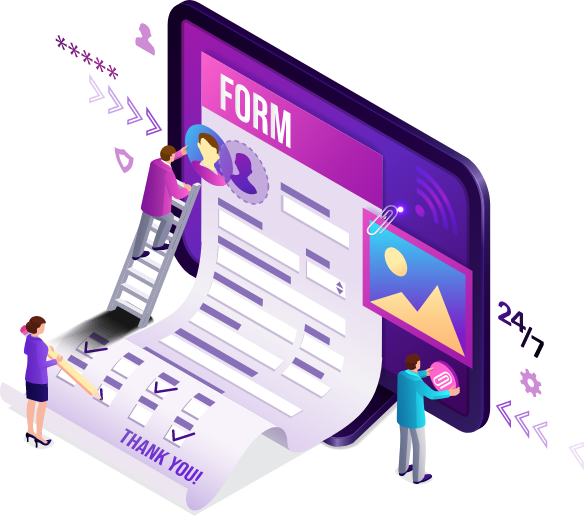
A glimpse of our industry expertise